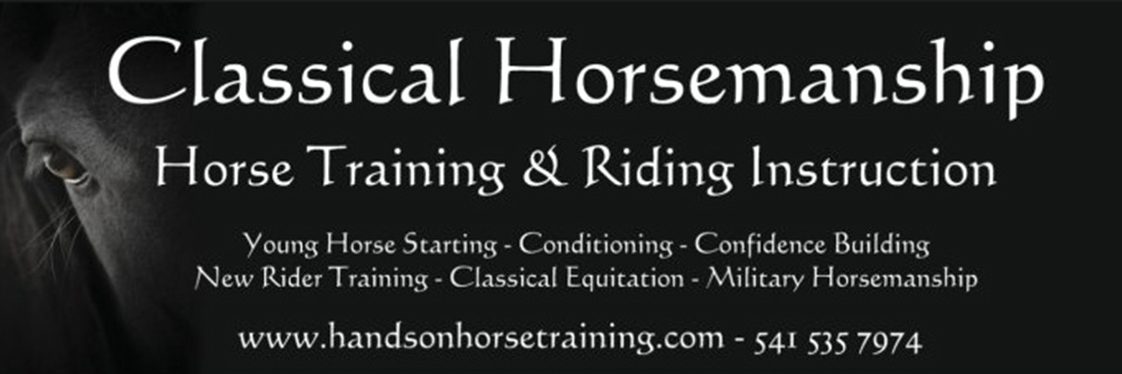The onset of winter has caused a slight alteration of the training schedule for all the horses. I have begun working Jupiter less frequently, but for longer sessions.
He always comes to the gate to meet me, even when I am only coming to get one of the other horses, so it is a little sad to see the look on his face on the days I don’t take him out.
This month I have been working extensively on body straightening exercises with all the horses.
Jupiter, like all horses, is stronger on one side than the other. He happens to be left handing, with means the muscles on the left side of his body and longer and his left front leg is his strongest. This makes his body bend naturally more to the right. Right bending horses are more flexible and balance better when they are turning to the right and therefore more relaxed and comfortable when lunging in that direction. Conversely, as a right bending horse he find it more difficult to bend to the left, subsequently he tends to do things like lean into the turn, pick up speed or simply lose his balance and bail out of the turn.
I have been doing short line work with Jupiter since his arrived, but now I am focusing on using it specifically strengthen his weaker side in an attempt to make his straighter in is frame. Over time this will allow him to more easily carry himself and his rider through turning maneuvers.
In the saddle, we have been doing a lot of slow turns, making sure his body is bent in the direction of the turn on his weak side just as much as on strong one. By regularly changing direction he is developing the ability to change from the right bend to the left bend, staying supple and relaxed through the process.
I have also been doing a lot of “long and low” work. That is, encouraging him to extend his head down and forward as we work. This lengthens his long back muscles and causes him to engage is stomach muscles, “rounding” his topline and brining his hind end under him more.
As a result of this balance and straightness work, Jupiter appearance has actually starting to change. He topline is stronger and rounder, while his belly is lifting and flattening. More important than the change in how he looks is the change in how easily he carries a rider and how much more relaxed he is while turning. He trot is smoother and lighter and his canter is much more balanced.
